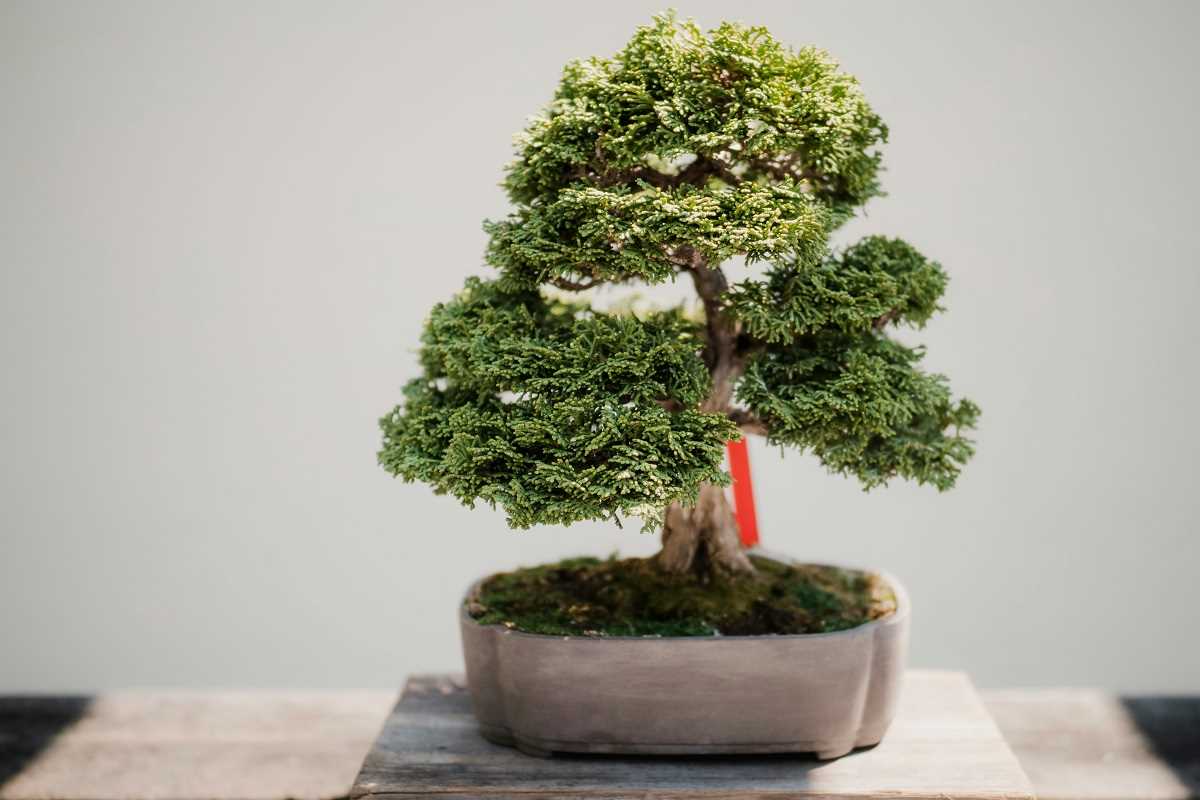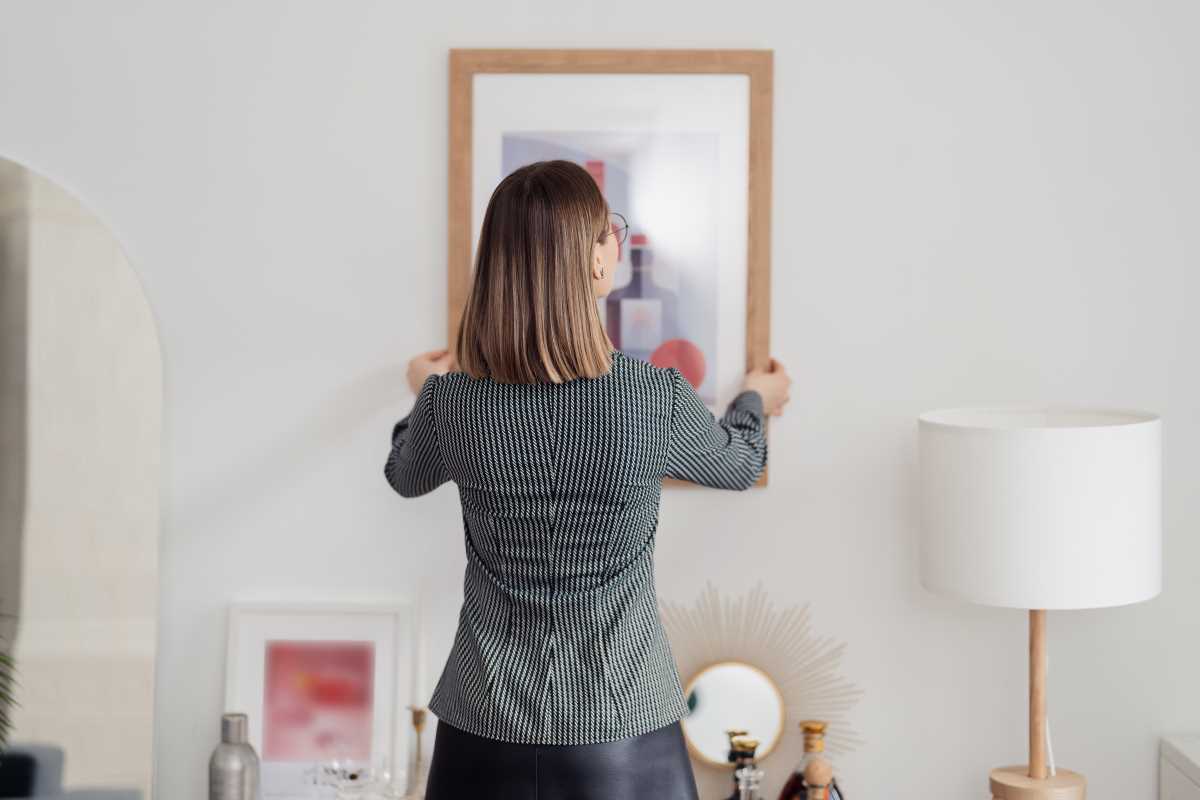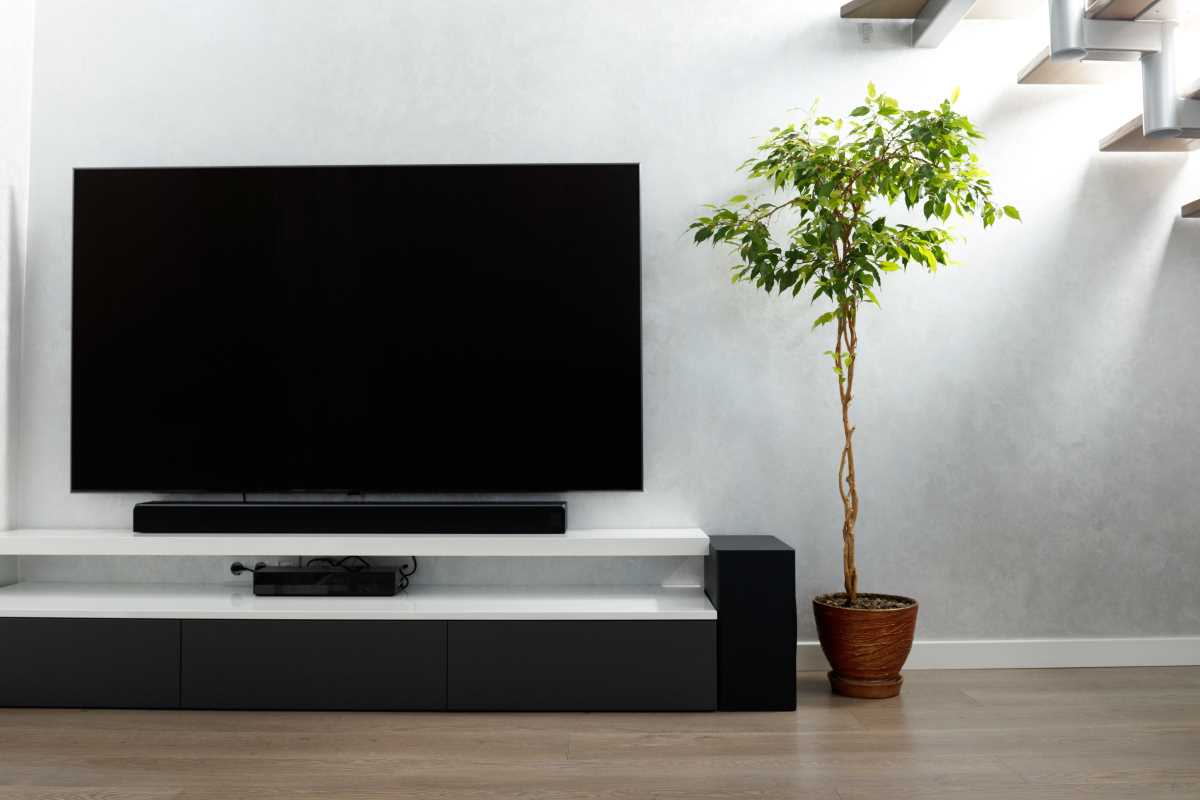A simple indoor space can become a tranquil escape with the art of bonsai tree sculpting, captivating city dwellers eager to infuse a bit of nature into their urban homes. This age-old craft not only enhances the aesthetic of living areas but also offers an enriching hobby that fits seamlessly into the fast pace of city living. With high-rise apartments and small studio spaces becoming increasingly common, the careful cultivation and shaping of these miniature trees provide a serene sanctuary away from the constant noise and activity outside, offering a moment of peace and reflection in the midst of urban chaos.
The Urban Appeal of Bonsai Sculpting
In the heart of bustling cities, many people seek ways to reconnect with nature without sacrificing precious living space. Bonsai tree sculpting fulfills this need by providing a compact yet captivating form of greenery. The delicate balance and intricate designs of bonsai trees add a touch of elegance to any room, making them a popular choice among apartment dwellers and office workers alike.
The act of nurturing and shaping a bonsai tree serves as a therapeutic escape from daily stresses. The quiet focus required for bonsai care allows individuals to practice mindfulness, creating a sense of calm and accomplishment. This blend of aesthetic pleasure and personal well-being explains why bonsai sculpting has become a beloved hobby in urban environments.
Essential Techniques and Tools
Starting with indoor bonsai tree sculpting involves understanding some basic techniques and acquiring the right tools. Here are the essentials you’ll need:
- Pruning Shears: Precision is key when trimming branches and leaves.
- Bonsai Wire: Use this to shape and guide the growth of branches.
- Bonsai Pots: Specialized containers that provide adequate drainage and space.
- Bonsai Soil: A well-draining mix tailored to the needs of miniature trees.
Key techniques include:
- Pruning: Regularly trim unwanted growth to maintain the desired shape.
- Wiring: Gently bend branches into new configurations.
- Shaping: Combine pruning and wiring to create the overall design.
Mastering these techniques requires patience and practice, but with the right tools, even beginners can start shaping their own indoor bonsai masterpieces.
Benefits of Bonsai Tree Sculpting
- Stress Relief: The focused nature of bonsai care helps reduce anxiety and promotes relaxation.
- Enhances Creativity: Designing and shaping trees stimulates artistic expression and problem-solving skills.
- Improves Home Aesthetics: Bonsai trees add a unique and elegant touch to any indoor space.
- Teaches Responsibility: Regular care and attention cultivate a sense of duty and consistency.
- Connects to Tradition: Engaging in a practice with rich cultural roots provides a deeper appreciation for history and art.
Tips for Beginners
Beginning your bonsai journey can be exciting yet overwhelming. Here are some tips to help you start:
- Choose the Right Species: Opt for hardy varieties like Ficus or Jade that grow well indoors.
- Start Small: Begin with a single bonsai tree to focus your efforts and gradually expand.
- Provide Adequate Lighting: Place your bonsai near a window where it can receive plenty of natural light.
- Maintain Consistent Watering: Keep the soil moist but not waterlogged to prevent root rot.
- Learn Basic Pruning Techniques: Familiarize yourself with the fundamentals of shaping your bonsai.
By following these guidelines, beginners can establish a solid foundation for successful bonsai sculpting and enjoy the rewarding process of growing their miniature trees.
Creating a Conducive Environment
To ensure your bonsai grows well indoors, it’s crucial to create an environment that mimics its natural habitat. This includes controlling factors like light, humidity, and temperature. Position your bonsai in a location where it can receive ample indirect sunlight, and consider using a humidity tray to maintain the right moisture levels in the air.
The Japanese Art of Bonsai Care
Understanding the traditional Japanese methods of bonsai care can significantly improve the health and appearance of your bonsai tree. These practices emphasize precision and attention to detail, ensuring that each tree not only survives but also flourishes in its miniature form. Techniques such as seasonal pruning, proper watering schedules, and soil management play integral roles in maintaining the delicate balance of bonsai health and aesthetics.
Embracing these time-honored care methods creates a deeper connection to the art, allowing urban enthusiasts to honor its cultural significance while adapting it to modern indoor living spaces. By blending traditional wisdom with contemporary lifestyles, bonsai sculpting becomes a harmonious and fulfilling pursuit.
Exploring the art of indoor bonsai tree sculpting offers urban dwellers a unique way to connect with nature, express creativity, and cultivate a sense of tranquility within their homes. Whether you’re a seasoned enthusiast or just starting, the rewarding journey of shaping and caring for a bonsai tree awaits, inviting you to create your own living masterpiece.
 (Image via
(Image via





